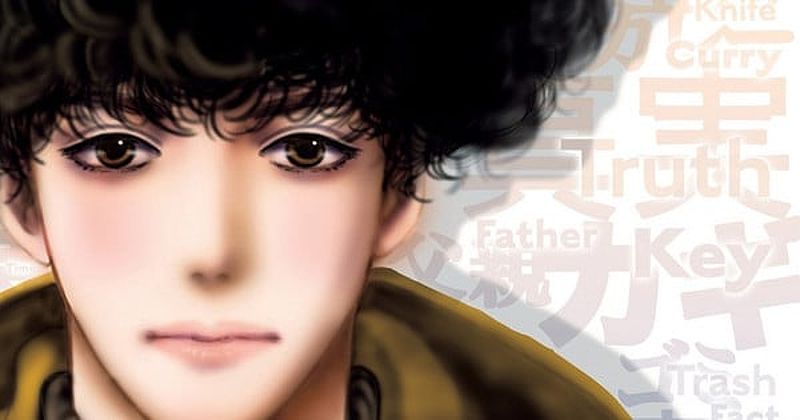Don’t Call It Mystery: A Captivating Blend of Crime and Puzzle-solving

Explore the captivating elements of Don’t Call It Mystery, an omnibus manga series that blends crime-solving with intricate puzzles, featuring an enigmatic protagonist, intriguing cases, and thought-provoking themes of fatherhood and masculinity.
The Enigmatic Protagonist: Unveiling Totonou’s Intriguing Character
Don’t Call It Mystery introduces readers to the enigmatic protagonist, Totonou, a seemingly ordinary college student with a love for curry. However, his life takes a drastic turn when he is accused of murder, challenging his self-perception. Frustrated with the police, Totonou utilizes his Sherlock Holmes-like observational skills to assist in uncovering the truth. Throughout the omnibus, Totonou’s character is further developed, shedding light on his troubled relationship with his family and his unique perspective on life.

( Credit to: Animenewsnetwork )
A Collection of Intriguing Cases: Exploring the Diverse Detective Tropes
Don’t Call It Mystery comprises three complete cases and the beginning of a fourth, each offering a different experience and exploring various detective tropes. The first case takes place solely in a police interrogation room, providing readers with a mind exercise as they witness Totonou’s interactions with different detectives. The second case employs misdirection, reminiscent of Arthur Conan Doyle’s Sherlock Holmes stories, keeping readers on their toes. The third case revolves around puzzles, utilizing phonograms and multiple readings of Japanese words to challenge readers’ problem-solving skills. As the story progresses, these cases not only provide captivating mysteries but also offer insights into Totonou’s worldview and his extraordinary abilities.
The Introduction of Garo Inudou: Totonou’s Moriarty
An essential addition to the narrative is the introduction of Garo Inudou, who serves as Totonou’s Moriarty. Garo enters the story during the bus-hijacking case and immediately captures Totonou’s attention. Their interactions create a dynamic reminiscent of two sides of the same coin, with a deep connection that goes beyond surface-level encounters. Garo’s presence propels Totonou into the fourth case, indicating a long-standing interest in him and ensuring their paths will continue to intertwine.
Exploring Fatherhood and Masculinity: Totonou’s Unique Perspective
An interesting aspect of Don’t Call It Mystery is Totonou’s perspective on fatherhood and masculinity. He frequently criticizes men who believe fulfilling their responsibilities merely entails mundane tasks or neglecting their families due to work. Totonou’s own troubled childhood and his desire to prevent others from experiencing the same shape his beliefs on parenting. He emphasizes that caring for one’s child is not just a duty but a privilege, consistently highlighting this theme throughout the story.
Artistic Presentation: Yumi Tamura’s Refined Aesthetic
Yumi Tamura’s art style in Don’t Call It Mystery has evolved since her previous works, showcasing a refined aesthetic. While backgrounds may be minimal, the focus on dialogue and Totonou’s love for words compensates for this absence. The translation, skillfully handled by Caroline Winzenreid, successfully captures the intricate linguistic explanations and wordplay essential to the story.
Conclusion: A Captivating Blend of Crime and Puzzle-Solving
Whether classified as a mystery or not, Don’t Call It Mystery’s first omnibus offers an engaging and thought-provoking reading experience. Yumi Tamura masterfully blends crime-solving with puzzles, creating a unique narrative that captivates readers. With its intriguing protagonist, intricate cases, and exploration of fatherhood, this series is a worthwhile addition to any manga collection.




